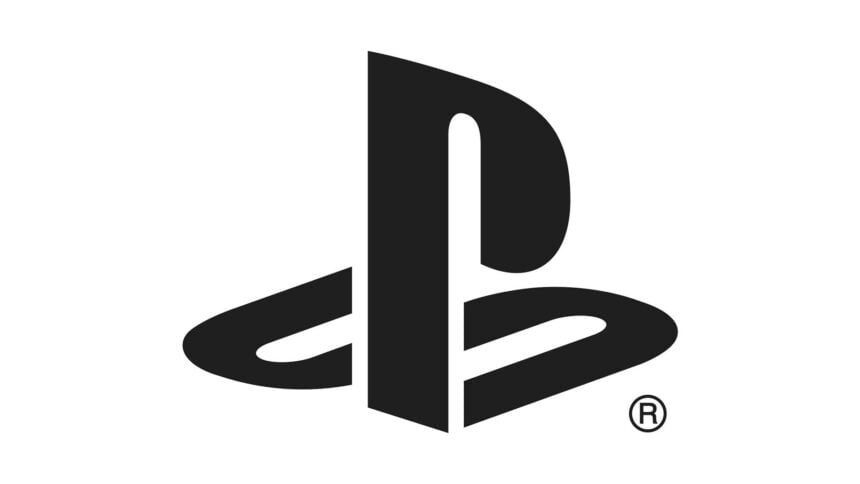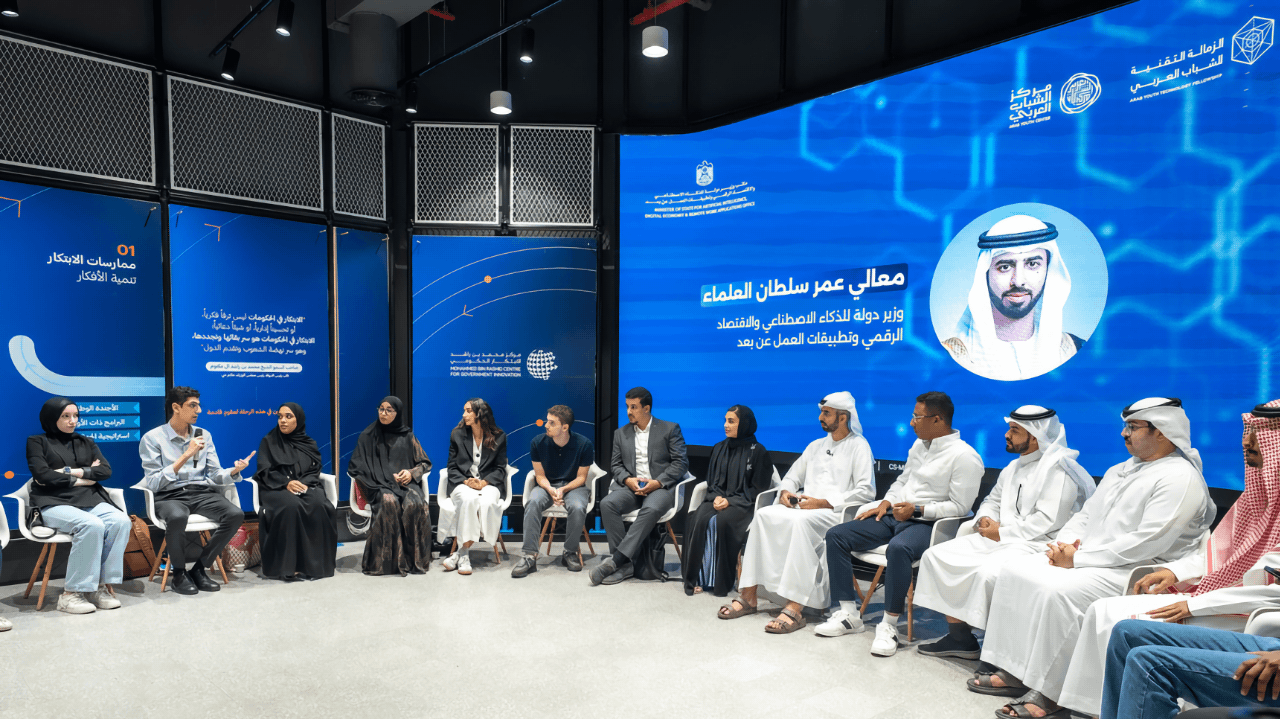Sony’s Mark Cerny sat with AMD’s Jack Huynh to talk about three graphics breakthroughs: Neural Arrays, Radiance Cores, and Universal Compression. Then Cerny dropped the line that set the internet off: he’s “excited about bringing them to a future console in a few years’ time.” He didn’t say PS6. He didn’t have to. Here’s what each bit does, why it matters, and what a realistic timeline looks like for players in the UAE.
What Cerny actually said (and didn’t)
Cerny’s quote is careful but clear. The tech is in simulation now, with plans to land in a “future console in a few years’ time.” That points to a late-decade PlayStation, likely around 2028.
Sony tends to run ~7-year cycles (PS4 2013 → PS5 2020). With PS5 Pro now out, a full generational jump around 2027–2028 is sensible. TechRadar and GamesRadar both frame Cerny’s comment as PS6-adjacent, not PS5-Pro-plus. Treat it as guidance, not a date.
Neural Arrays: faster, smarter upscaling and denoising
Think of Neural Arrays as many GPU units acting like one AI engine to handle upscaling (e.g., PSSR/FSR) and clean up noisy ray-traced frames—without choking the rest of the GPU.
- Designed to let compute units “team up” and share data.
- Targets upscaling and denoising tasks that eat GPU time.
- Meant to free headroom for higher frame rates or richer effects.
Upscaling has been doing heavy lifting this generation. If Sony/AMD can make it cheaper on the GPU, you get steadier 60fps with nicer image quality—especially at 4K. That’s the difference between “pretty at 30” and “sharp at 60”.
Radiance Cores: dedicated hardware for ray & path tracing
Radiance Cores are blocks designed to handle the most painful part of ray/path tracing—ray traversal—so the CPU/GPU can focus on geometry, shading and lighting.
- A “unified light transport” block for real-time ray & path tracing.
- Offloads traversal to speed up the pipeline.
- Aim: cleaner, faster ray-traced results in games.
We’ve seen ray tracing held back on current consoles. Radiance Cores imply a proper next-gen jump—think more stable RT at higher resolutions, and maybe mainstream path tracing scenes, not the current “photo mode only” vibe.
Universal Compression: beating the memory bandwidth wall
Instead of only compressing textures, Universal Compression evaluates all data headed to memory and compresses when possible, reducing bandwidth pressure.
- Goes beyond delta colour compression.
- Reduces memory traffic across assets, not just textures.
- Synergises with Neural Arrays and Radiance Cores.
4K textures + RT maps = a bandwidth tax. If you shrink what’s sent, you push more detail and frames without inflating memory cost. Expect fewer compromises between resolution, frames, and RT settings on whatever Sony ships next.
So… PS6 when? And who else gets this tech?
“A few years’ time” lines up with 2027–2028, matching historic cadence and—on the Xbox side—Microsoft’s own 2028 target in older FTC docs. Also: AMD is working with both Sony and Microsoft for next-gen silicon. Don’t be shocked if Radiance-style blocks show up across platforms.
- Tech is still in simulation per Cerny—no dev kits implied yet.
- Tech press and round-ups point to 2028 as the sensible window.
- Xbox announced a multi-year AMD co-engineering deal for next hardware back in June 2025.
If Sony follows PS5’s regional rollout, expect GCC availability at or just after global launch, with pricing shaped by VAT, exchange rates and freight. Keep an eye on our running PlayStation coverage for local timing and prices. Try our which PS5 to buy in the UAE guide for current gen context; it’s the baseline PS6 needs to beat.
Is PS6 confirmed?
No. Sony hasn’t announced PS6. Cerny referenced bringing new AMD tech to a “future console in a few years’ time.” That’s as close as it gets right now.
What are Neural Arrays, in simple terms?
A way for many GPU units to work together like one AI engine. It should make upscaling and denoising cheaper, leaving more power for frames and effects.
What are Radiance Cores?
Dedicated hardware blocks that handle ray/path tracing’s heavy lifting. They aim to speed up lighting while freeing CPU/GPU resources.





















